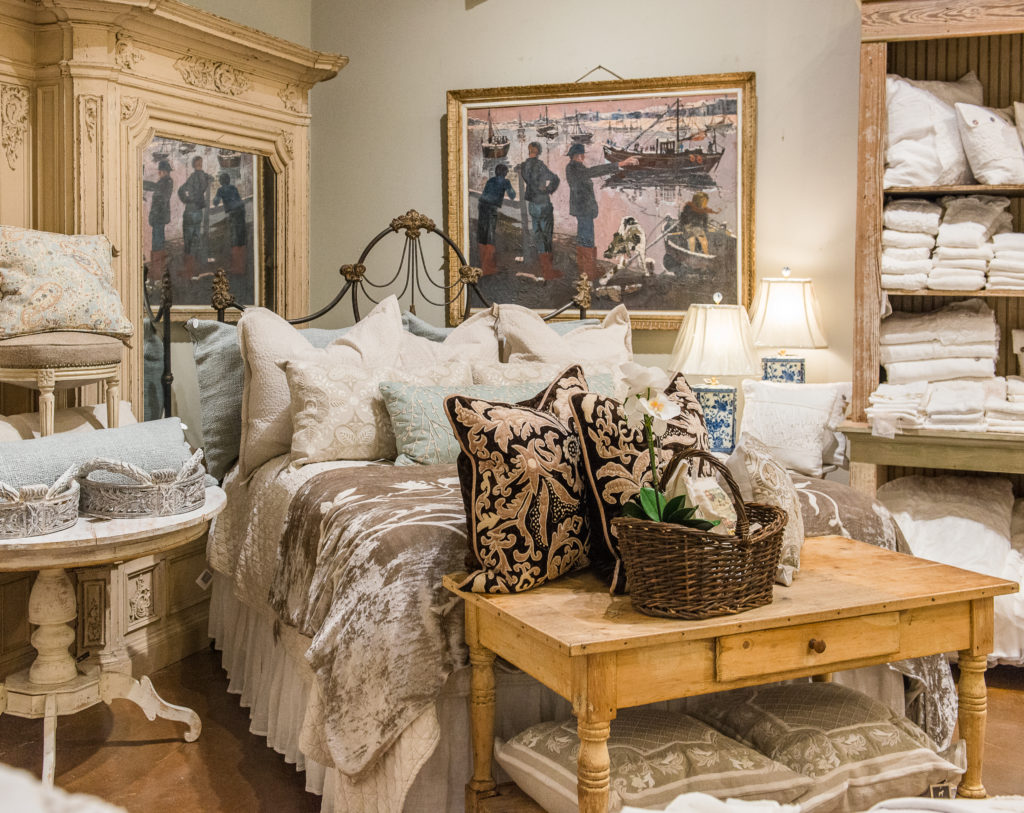The Secrets of a Well-dressed Bed
While furnishings, lighting, art and accessories are all important components of a well-designed bedroom, a well-dressed bed is the focal point. Designer Cindy Radle, manager at Leftovers Antiques in Brenham, shares her tips for creating a luxurious "nest."


